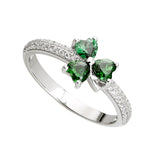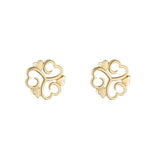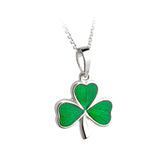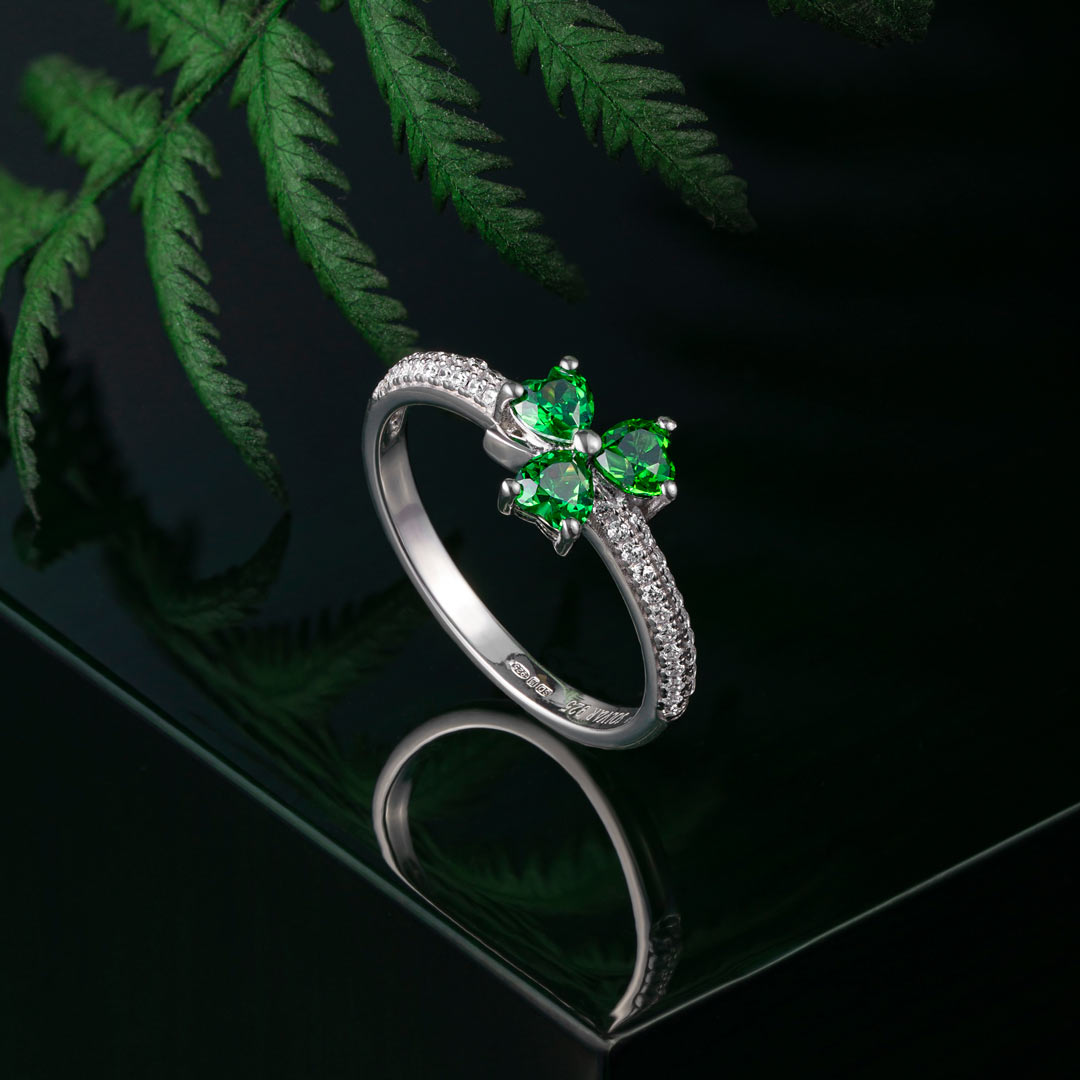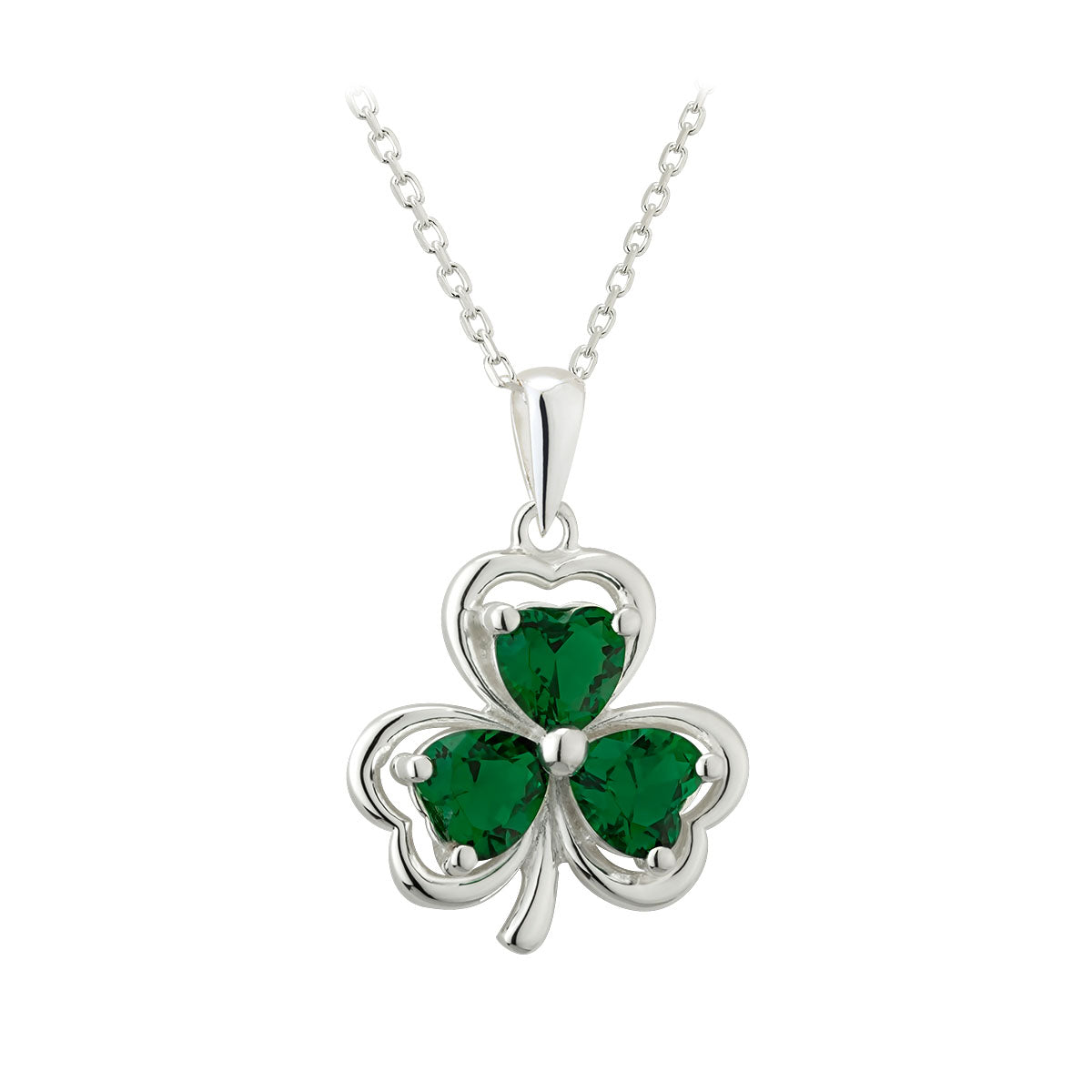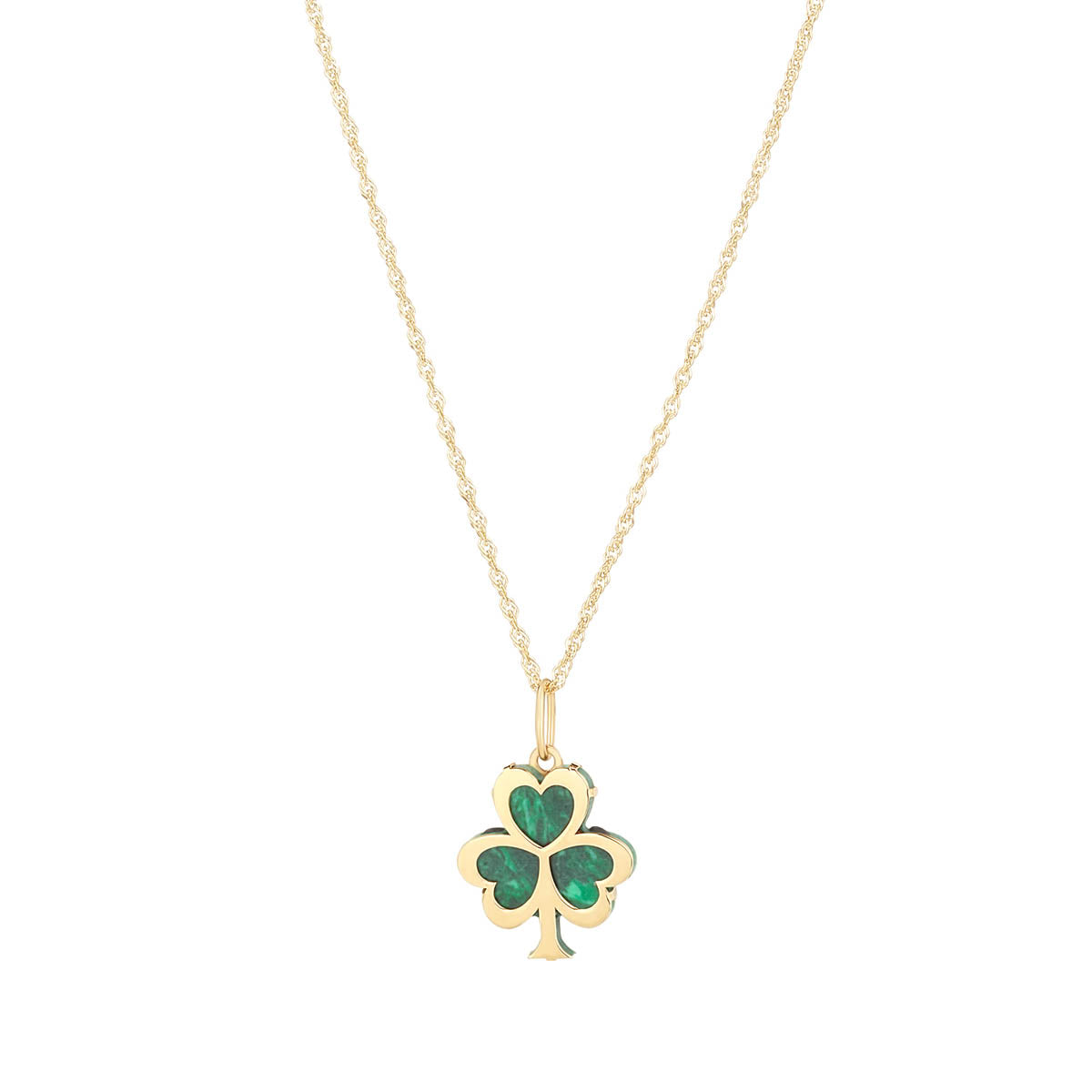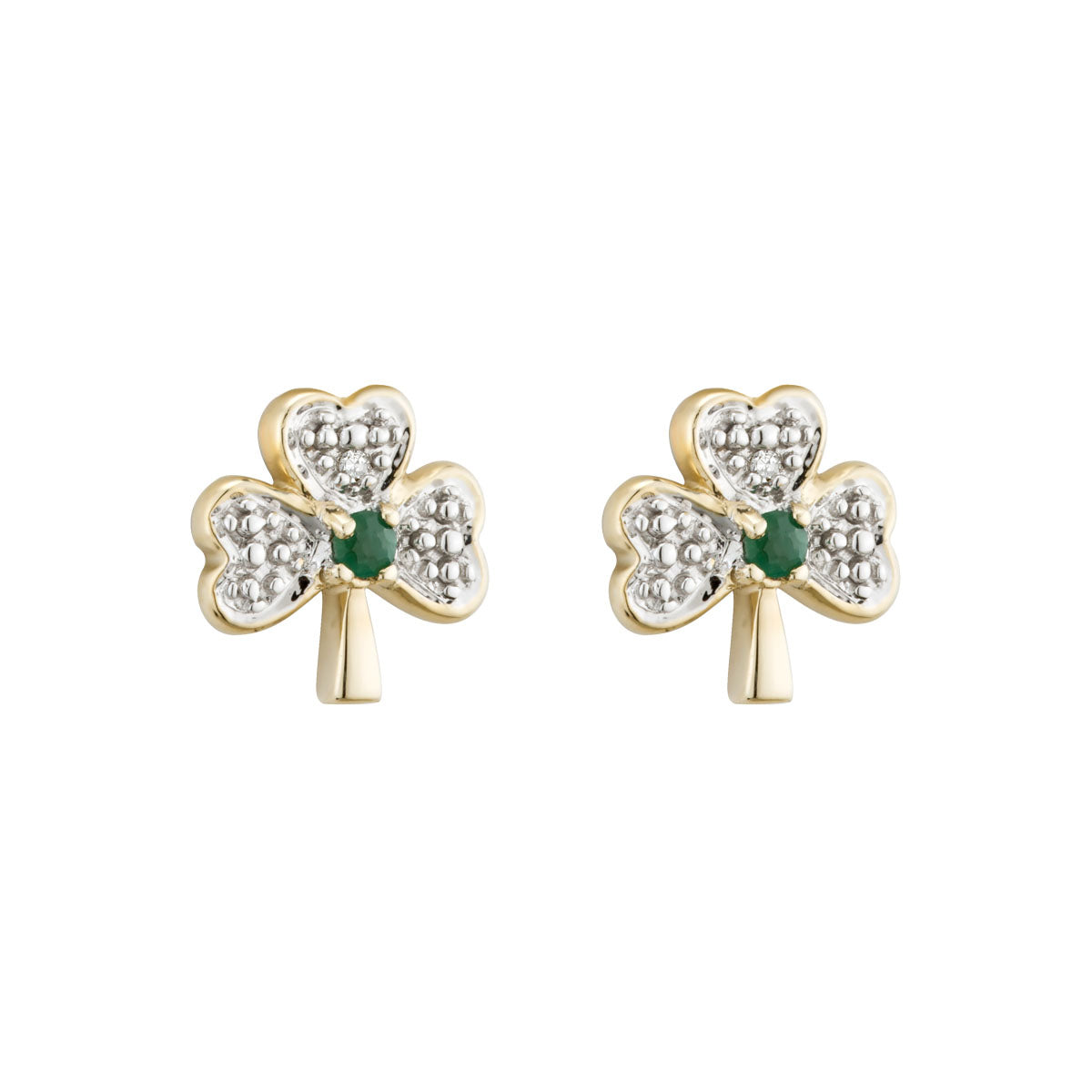Over the centuries, the Shamrock has become an instantly recognisable emblem of the Emerald Isle. The shamrock (Irish - seamróg) is the most recognised Irish symbol worldwide. The name comes from the Irish 'seamróg' which literally means 'young clover'.

In ancient times, a tiny three-leafed plant bloomed far and wide and laid a carpet of green all over the limestone hills of Ireland. The Druids knew the Shamrock had mystical powers. To them, its three leaves were a natural sign of a sacred number. This little plant was even said to warn of an approaching storm by turning up its leaves. According to legend, St Patrick himself plucked a Shamrock from the ground, using the three petals to explain the blessed Trinity - one God, three people, Father, Son and Holy Spirit - helping to convert the Irish people to Christianity.
Some believe that the shamrock has a significance that is much older than Christianity, one theory being that the shamrock's three petals aligned with the ancient Celtic belief in the power of three and may have been used to demonstrate this, and their belief in the triple goddesses - maiden, mother and crone. Many believed that wearing this little sprig of green would keep them from harm. 'Drowning the shamrock' is a favoured pastime of Irish people on St. Patrick's day, where the shamrock that is customarily worn for the day on the lapel, is added to your tipple of Guinness or whiskey, and imbibed with the drink - whether for luck, or to honour the patron saint. Whatever the truth of the legends, the shamrock is cherished by Irish people everywhere and is worn by all nationalities around the world on Saint Patrick’s Day, one of the great international festivals.

